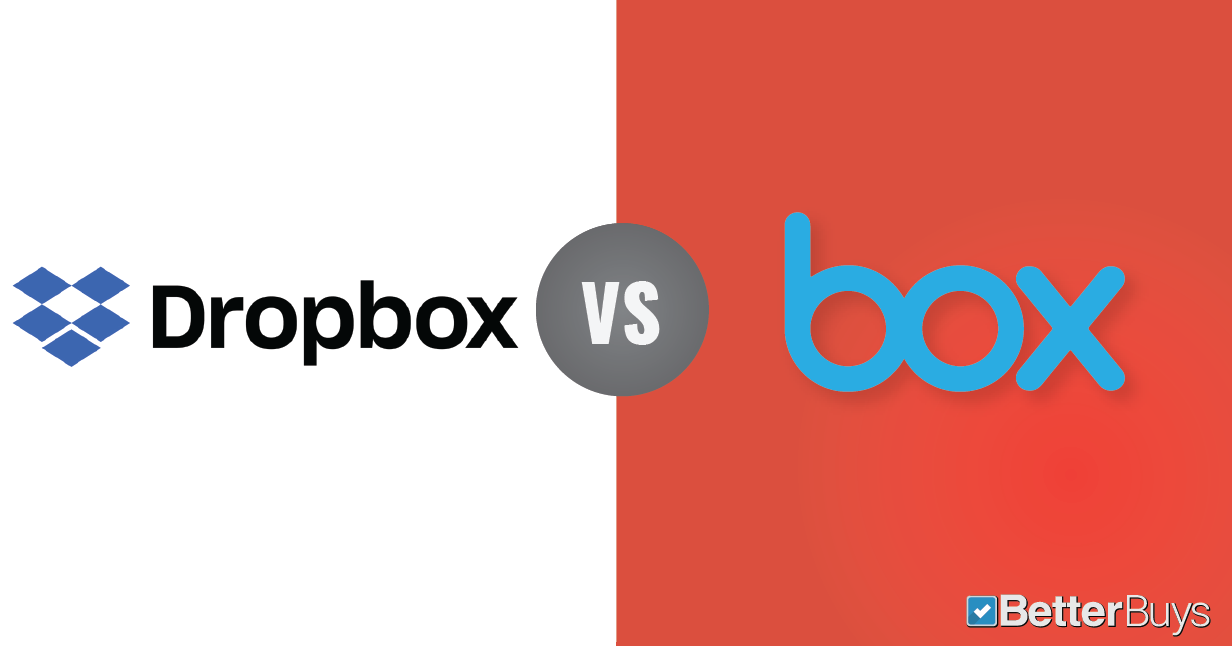

And freemium is more successful than 30-day free trials or other limited-term offers, because customers have become wary of cumbersome cancellation processes and find indefinite free access more compelling.īut despite its popularity and clear benefits, freemium is still poorly understood. Social networks are powerful drivers: Many services offer incentives for referring friends (which is more appealing when the product is free). The monthly subscription fees typically charged are proving to be a more sustainable source of revenue than the advertising model prevalent among online firms in the early 2000s.

Because free features are a potent marketing tool, the model allows a new venture to scale up and attract a user base without expending resources on costly ad campaigns or a traditional sales force. Several factors contribute to the appeal of a freemium strategy. It works for B2B companies as well-examples include Box, Splunk, and Yammer. If you’ve networked on LinkedIn, shared files through Dropbox, watched TV shows through Hulu, or searched for a mate on Match, you’ve experienced the model firsthand. Users get basic features at no cost and can access richer functionality for a subscription fee. Over the past decade “freemium”-a combination of “free” and “premium”-has become the dominant business model among internet start-ups and smartphone app developers.


 0 kommentar(er)
0 kommentar(er)
